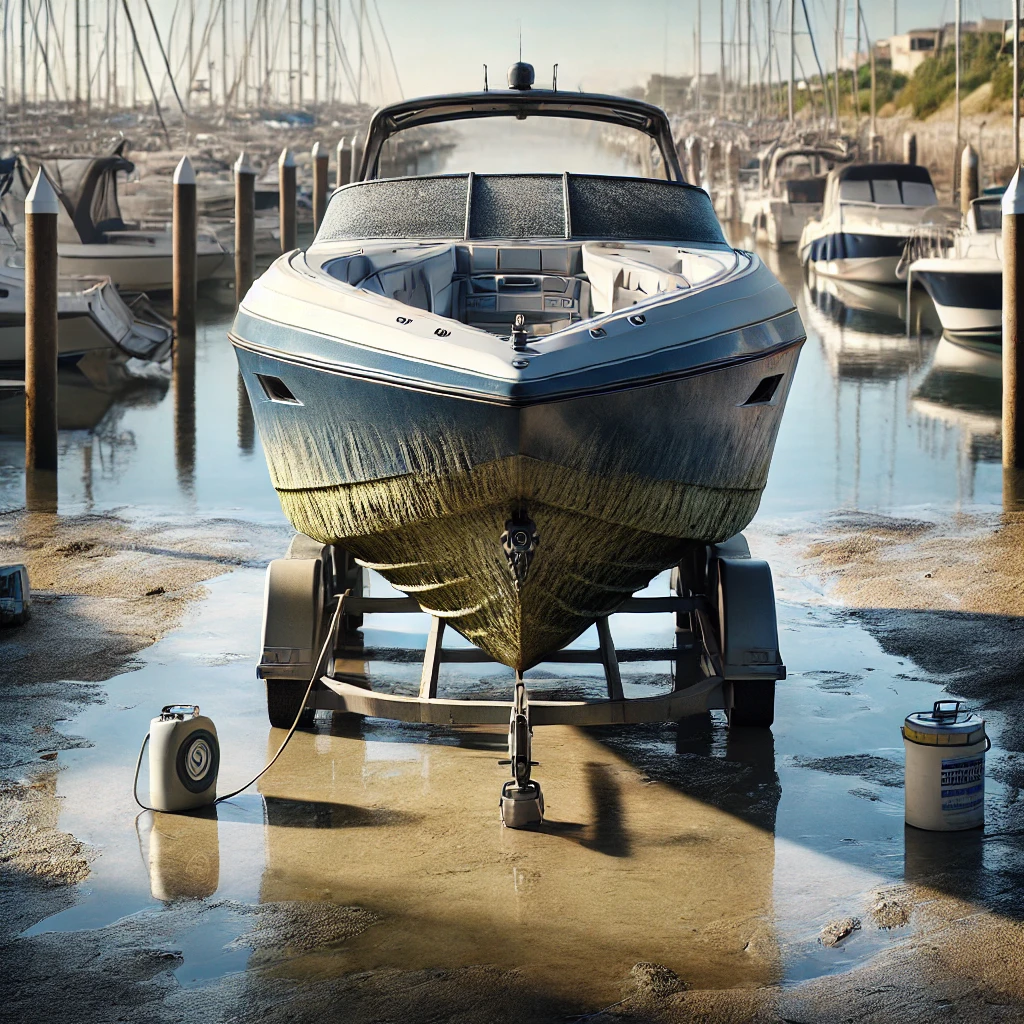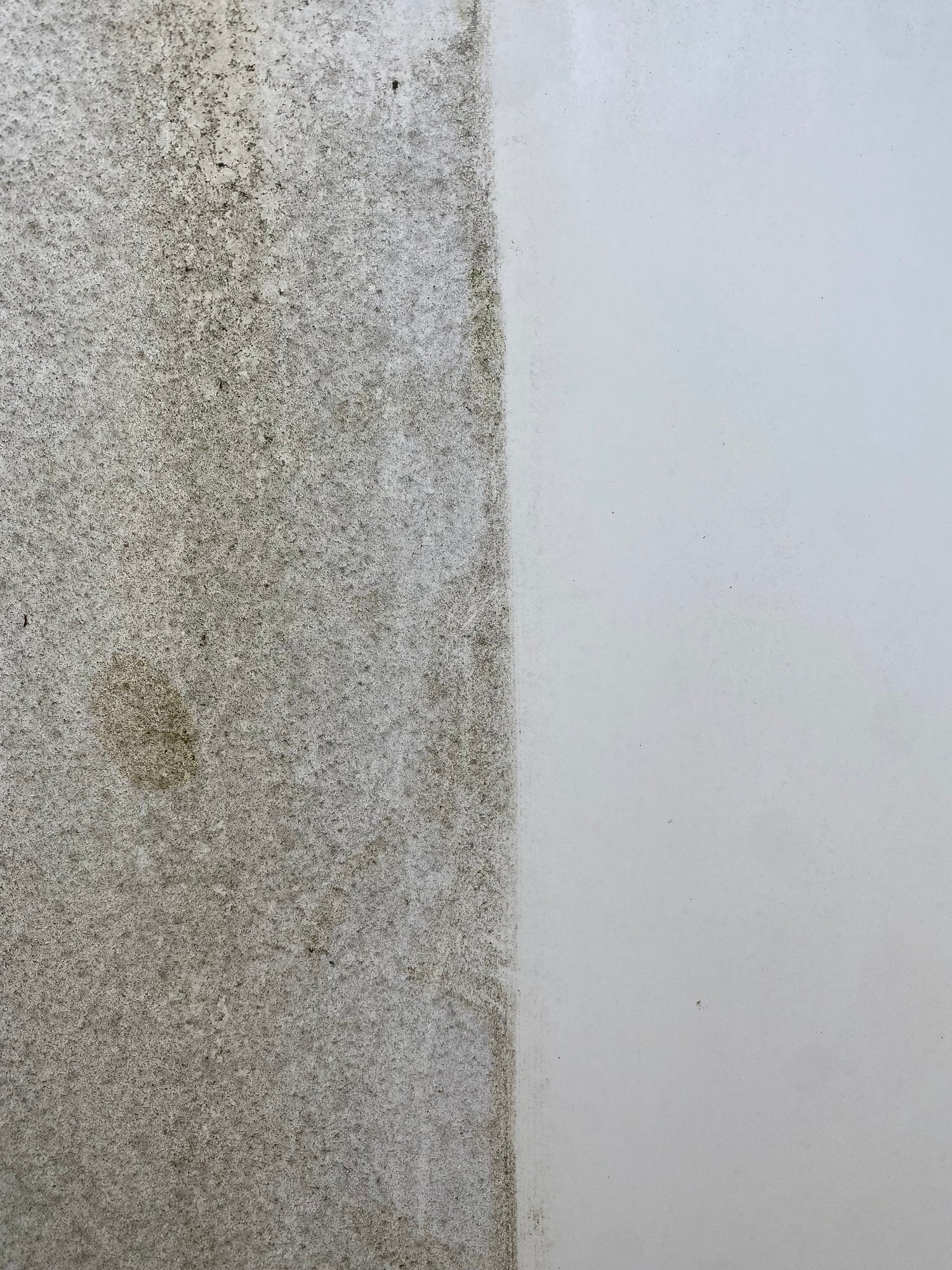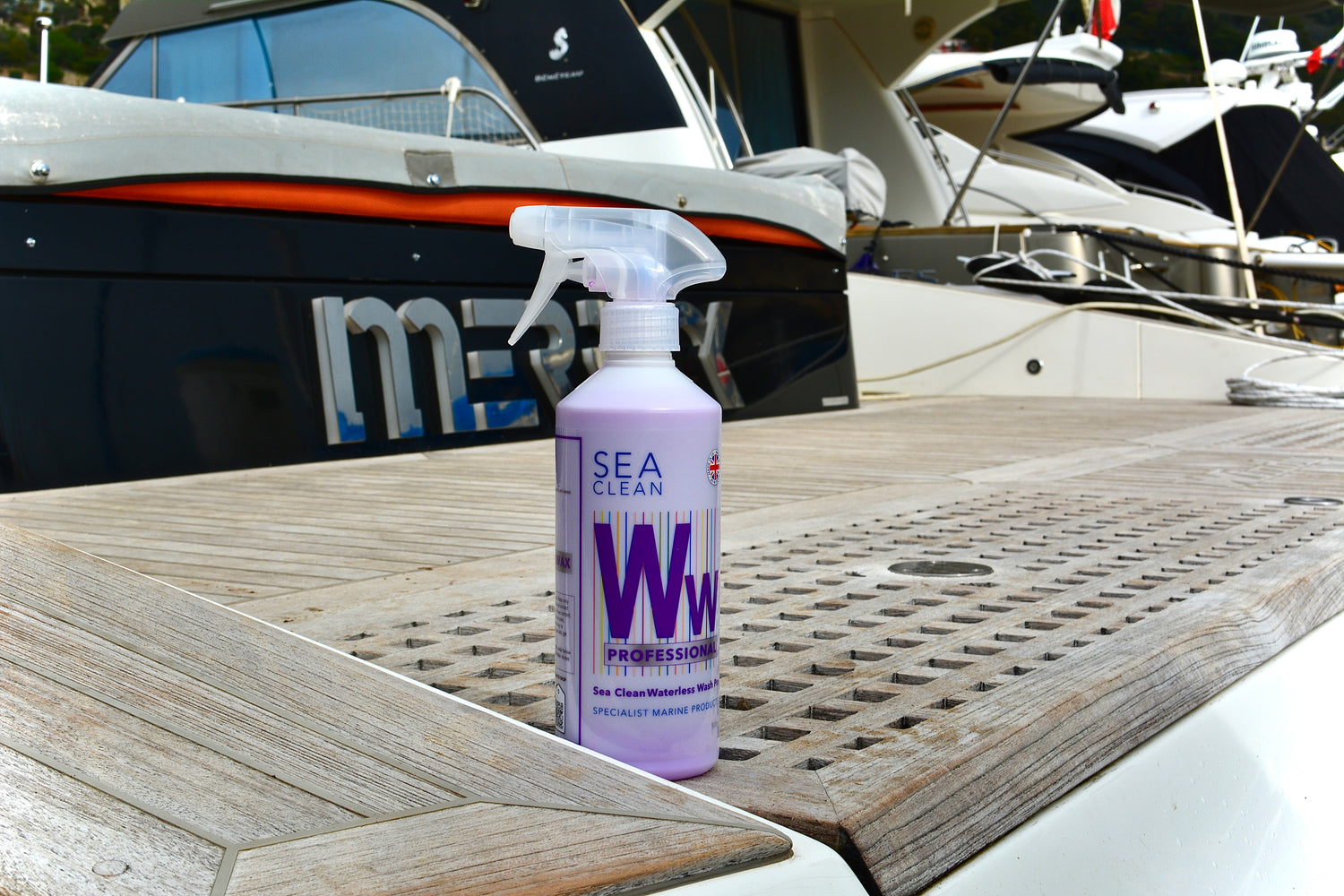Best Products for Boat Cleaning: A Comprehensive Guide
Cleaning your boat regularly is essential to maintain its appearance, performance, and longevity. With various surfaces like fibreglass, teak, marine vinyl, and inflatable tubes, understanding the best cleaning practices and products is key. Here’s a detailed guide on how to tackle each area effectively while preserving your boat’s condition.


Cleaning Fibreglass Surfaces
Fibreglass hulls and decks often collect grime, water spots, and oxidation.Regular cleaning is essential to prevent discoloration and maintain your boat’s appearance. Neglecting this upkeep can lead to a dull, chalky surface, diminishing the vessel’s aesthetic appeal and potentially affecting its value. Consistent maintenance not only preserves the boat’s visual allure and value, but also contributes to its longevity and performance.
• Light Maintenance: Use waterless cleaners such as Sea Clean’s WWpro to remove dirt and add a hydrophobic protective layer helping preserve your vessels gelcoat.
• Heavy Cleaning: For tougher jobs, especially after winter storage, a combination of jet washing and a liquid gel cleaner works best to restore shine and remove buildup.


Teak Deck Cleaning
Teak requires careful maintenance to protect its natural finish. Always scrub across the grain using a soft scrubbing pad or soft bristle brush to prevent surface damage. When using teak cleaners, especially those containing acids, wear appropriate protective equipment, including gloves, eye protection, and suitable clothing, as some cleaners can cause severe skin burns and eye damage upon contact. Additionally, wearing protective footwear is advisable to prevent potential injuries during the cleaning process. By adhering to these guidelines, you can maintain the beauty and longevity of your teak surfaces while ensuring personal safety.
• Cleaning: Apply a teak-specific cleaner and scrub gently with a soft brush along the wood grain. Avoid high-pressure washing, which can damage the wood. Having a variety of scouring pads is beneficial for effectively cleaning different surfaces and reaching into various shapes, corners, and crevices.
• Preservation: After cleaning, use a teak sealer to protect against UV damage and retain the wood’s natural oils.
Alternatives to Antifouling
Traditional antifouling paints can prevent algae and barnacle growth but often contain harsh chemicals that harm marine ecosystems. While environmentally responsible antifouling options are emerging, many boat owners prefer regular manual cleaning as a more sustainable solution. It’s key to clean your boat’s hull frequently, even during use, using goggles and a soft scrubber to remove algae before it takes hold.
Why Hull Cleaning Matters
Cleanliness isn’t just about aesthetics—it impacts your boat’s performance. A clean hull reduces drag, improving speed and fuel efficiency. Moreover, proper maintenance extends the lifespan of your vessel, protecting your investment.
In addition to physical cleaning, consider protecting your hull with wax treatments or sealants to repel dirt and reduce staining. Products that combine cleaning with long-lasting protective coatings save time and effort, making them a popular choice among seasoned boaters.
For eco-conscious boat owners, using sustainable cleaning solutions and avoiding excessive use of antifouling paints supports healthier waterways. By integrating these methods, you’ll ensure your boat stays pristine while respecting the environment.

